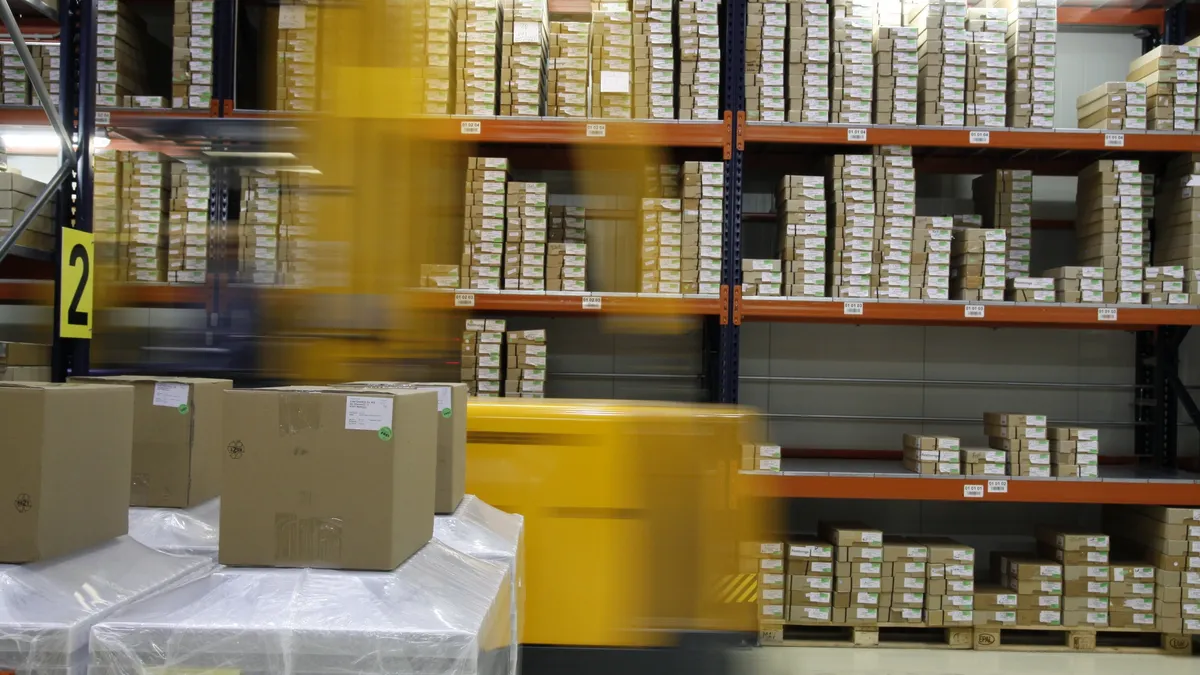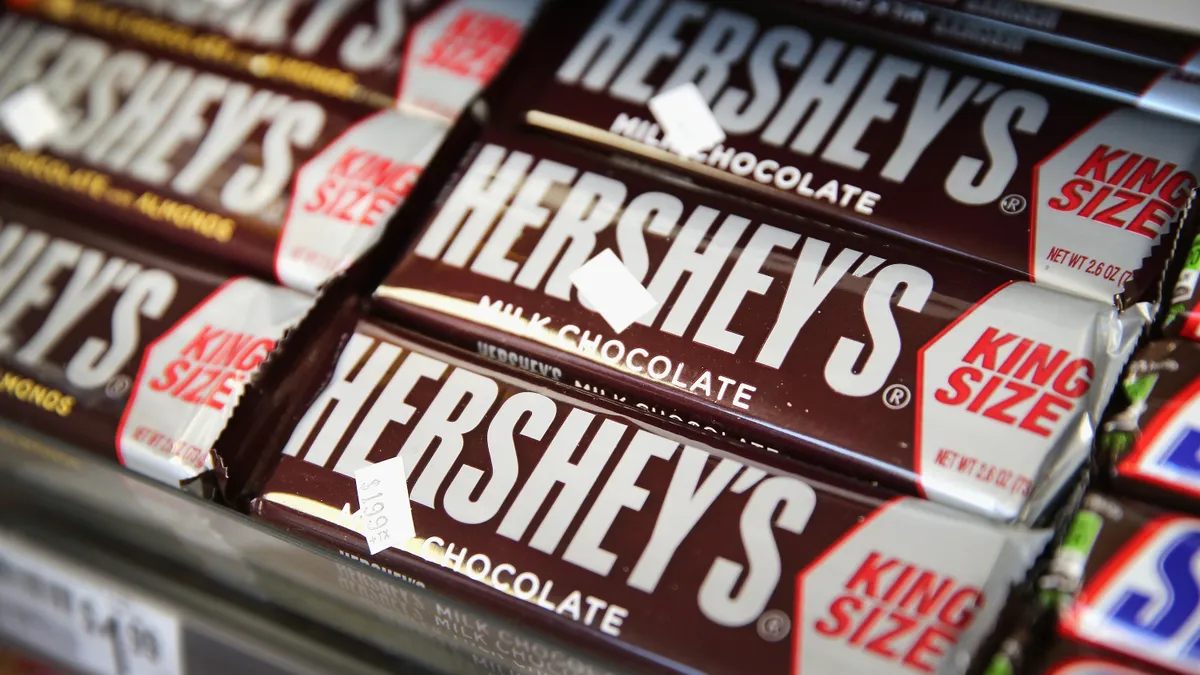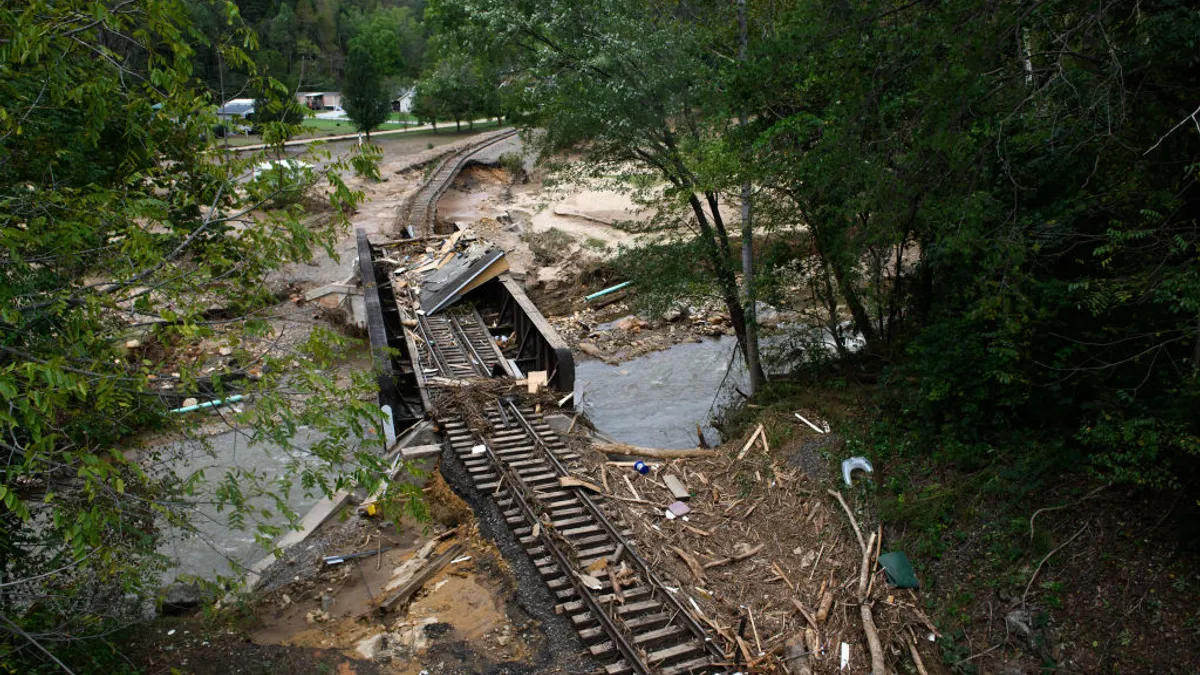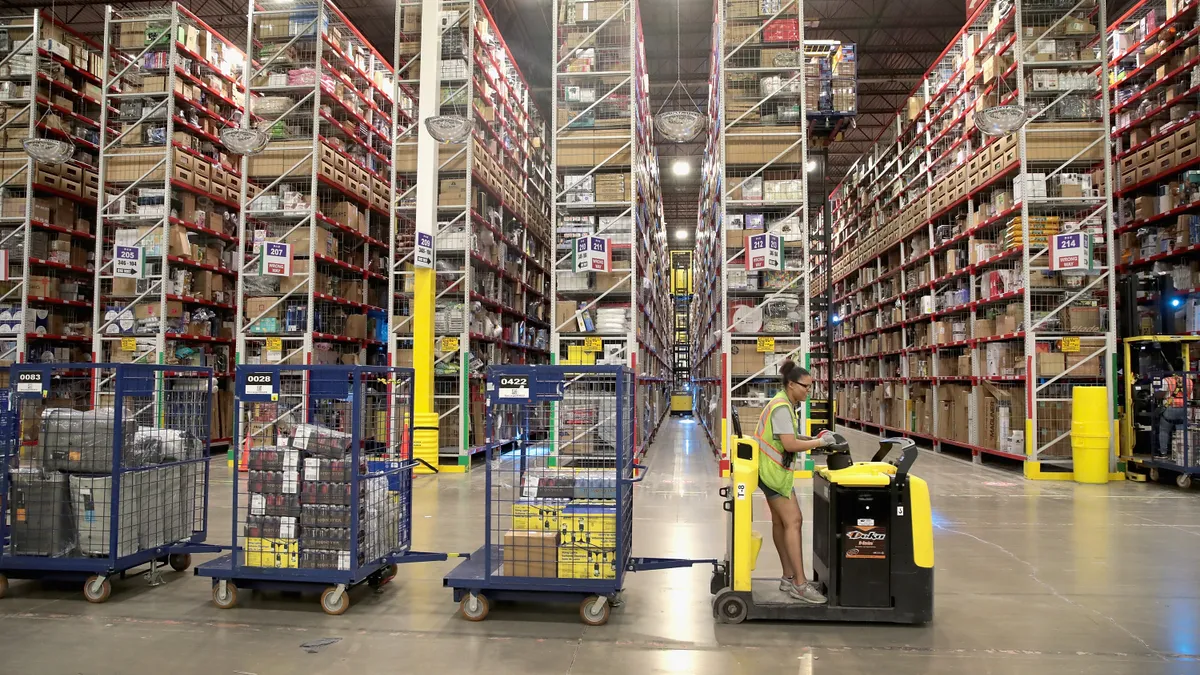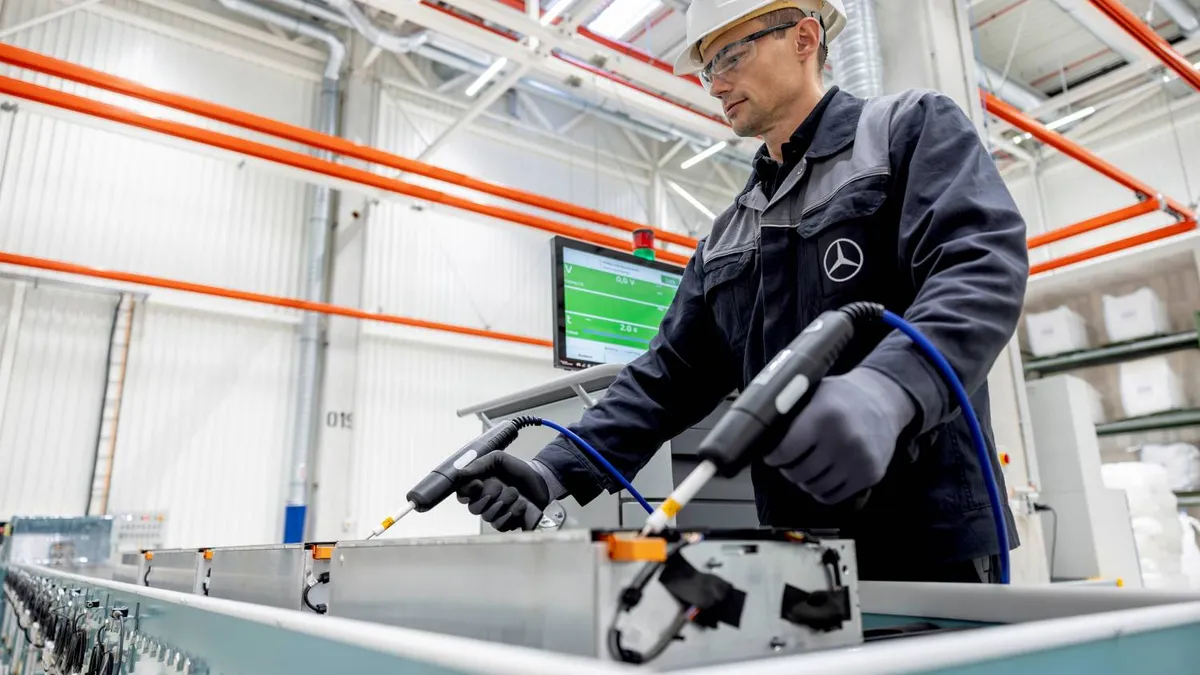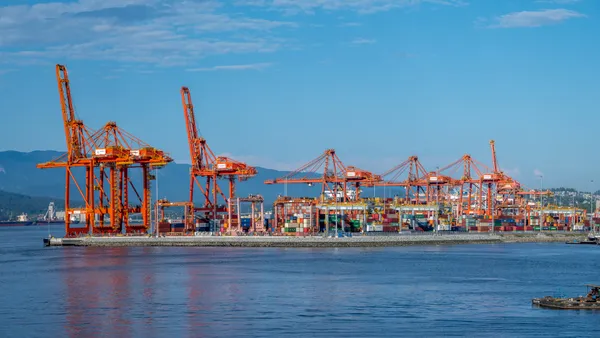Plenty of retailers and supply chains are suffering from stockouts. From cleaning products, to kettlebells, to appliances, to meat, retailers, manufacturers and suppliers are coming up short when it comes to supply.
"A lot of the time, demand planning relies on historical measures for accuracy," said Carlos Castelán, founder and managing director of The Navio Group.
Historical measures haven't proven as helpful during the pandemic, because demand has not followed typical patterns — but the measures aren’t necessarily worthless. After all, consumers will still buy holiday wrapping paper this year. But what exactly will demand be if unemployment remains high, or consumers are mailing gifts rather than giving them in person, or the holiday spirit is just overall tamped down?
Historical data won’t work alone. Experts offered tips for what can help to fight stockouts in times of unpredictable demand.
1. Tweak planning frequency and data processes
Supply chain managers and their teams should plan more often, according to Tim Vadney, a senior principal of operations excellence at West Monroe Partners. "Whatever planning cycle you’re doing, increase the cadence," he said. That means companies normally planning on a monthly cycle should switch to every two weeks; those on a two-week cycle should shift to weekly.
If enterprises increase planning frequency and are still falling behind, they should look at their processes and technology. "Maybe you need to make the leap from doing it all in Excel," Vadney said.
"Whatever planning cycle you’re doing, increase the cadence."

Tim Vadney
Senior Principal of Operations Excellence at West Monroe Partners
While Excel can work, it’s not often enough on its own, especially now. Data stored in Excel sheets should be integrated with ERPs and warehouse management systems, "as opposed to just doing your analytics offline once a year when you do inventory," Vadney said. "It may be a Captain Obvious thing to say, but you need an ERP."
This is especially key now, as demands related to coronavirus mash up with those of the upcoming holiday season, said Castelán. It’s "critical to have more data points and more sophisticated methods around demand planning to account for some of that volatility and surprises, not only for [peak] but 2021, as well," he said.

George Lawrie, vice president and principal analyst serving application development and delivery professionals at Forrester, cited German retailer Otto as using data and sophisticated planning well, albeit in pre-pandemic times, when it switched from primarily a catalog company to an online retailer.
The company used supply chain platform Blue Yonder to create algorithms trained with historical data, plus hundreds of predictive variables — such as brand, price, online placement and weather — to continuously evaluate its forecast. The result: end of season overstock down 20% and improved forecast accuracy of 40%.
2. Focus on core products and customers
Enterprises can learn from how home improvement retailers operate during natural disasters, said Lawrie. Instead of trying to keep everything in stock, focus on the most in-demand items.
This can make the planning process easier, because managers focus all efforts and attention on just the core items, instead of trying to cover every niche product. Several large brands and retailers have employed the core product tactic during the pandemic, cutting back SKUs and, in some cases, entire product lines.
The tactic can aid manufacturing, too, because companies can then "turn over their manufacturing capacity to maintain that availability of the core assortment," Lawrie said.
Vadney pointed to JPW Industries, which produces industrial machinery, as an example of a company that pivoted quickly — and well — by focusing on core customers and products. Early on in the pandemic, "they just kept ordering as if their business wasn’t plummeting, which meant they were starting to have issues with cash flow," he said.
"See if there’s something, a new brand, or a new product, you’ve been looking to bring in."

Carlos Castelán
Founder and Managing Director of The Navio Group
To cope, West Monroe worked with JPW to pull all its data out of its ERP system and build a model that helped it dial in on its most important customers and its most important products for those customers. The company "turned off the automated ERP procurement process for everything else," said Vadney, and focused on SKUs for its A-customers. "They made sure that the only thing being replenished were the things that actually went to that largest pool."
Shifting more manufacturing to sites in the U.S. can help, too. Contract manufacturers overseas are "generally not placing [purchase orders] for raw materials to their supplies, unless you’ve got a longstanding relationship and already have collaborative planning and forecasting in place," said Vadney. "If you’re a domestic U.S. industrial company and you have two to three factories with four to five distribution centers, you’ve got a lot more ability to flex up and add shifts, even with the new social distancing and safety measures that are required because of COVID[-19]."
3. Try something new
If items are in short supply, and not coming back on board anytime soon, it’s not a bad idea to give something new a shot, Castelán said. "It’s an easy time to try some of that with customers to see if there’s something — a new brand or a new product — you’ve been looking to bring in," he said.
Those items may be easier to get, and customers are more likely to be receptive to having an alternative option rather than nothing at all.
This story was first published in our weekly newsletter, Supply Chain Dive: Operations. Sign up here.


